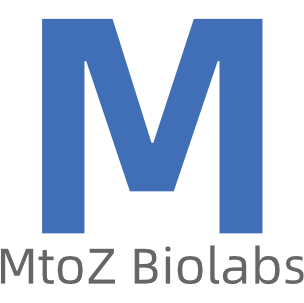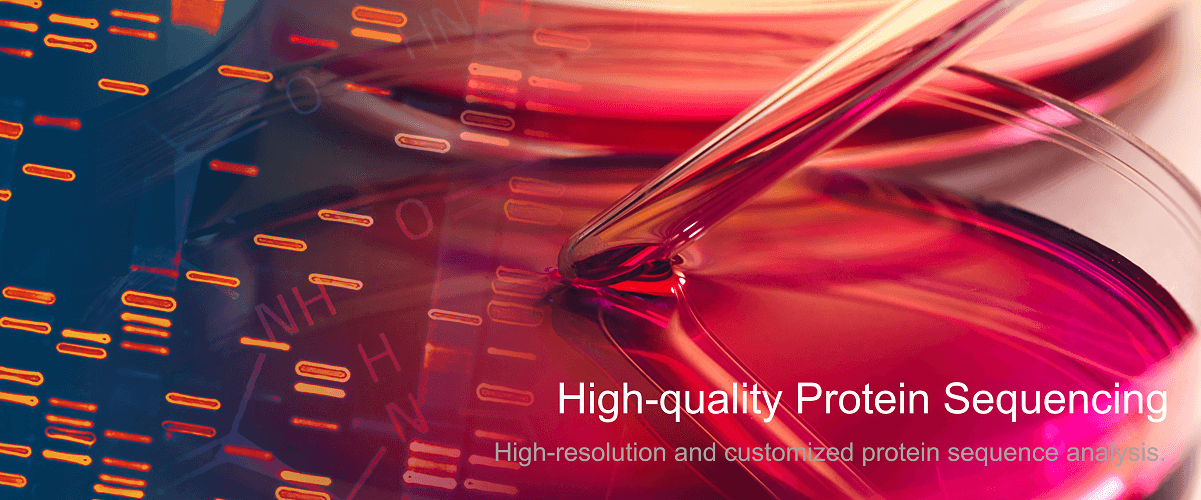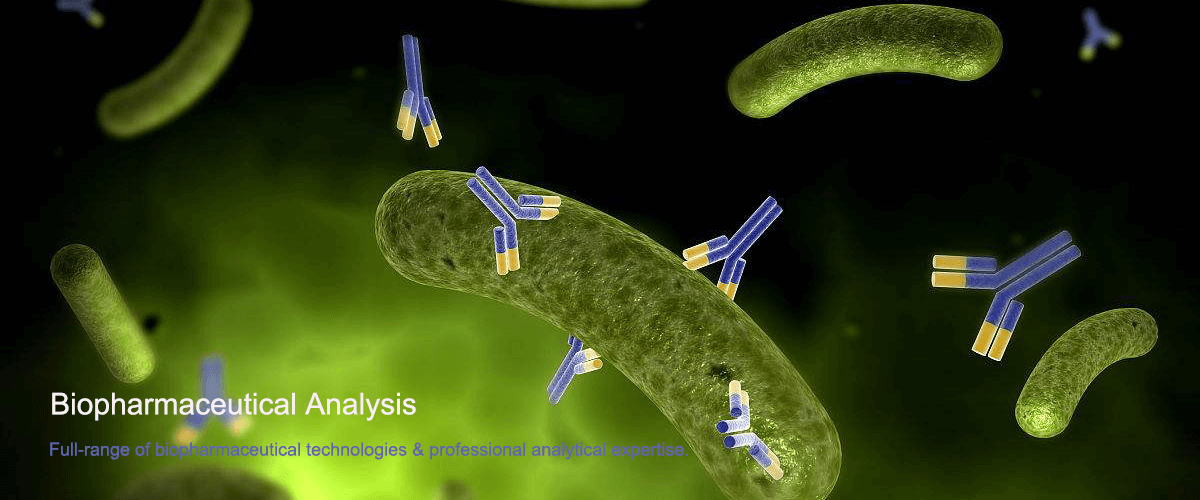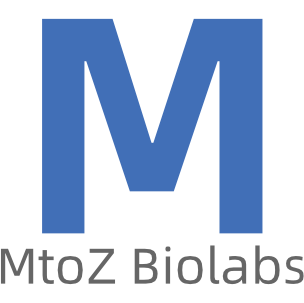The Main Software Used for Predicting Post-Translational Modifications of Protein Sequences
The prediction of post-translational modifications (PTMs) in protein sequences is of great importance in bioinformatics and systems biology, as PTMs play a crucial role in regulating protein function, localization, and interactions. Several computational tools have been developed to predict PTMs, with some of the most commonly used ones listed below:
1. PhosphoSitePlus
A comprehensive database providing information on experimentally identified post-translational modifications, particularly in disease-related contexts.
2. GPS (Group-based Prediction System)
A computational algorithm designed for predicting protein phosphorylation sites, which can also be extended to other PTM types.
3. NetPhos
An online tool that predicts protein phosphorylation sites using artificial neural networks.
4. ModPred
A web-based tool capable of predicting potential modification sites in proteins, supporting multiple types of PTMs.
5. PROSITE
A database of protein families and functional domains that facilitates the identification of potential active sites and PTM regions by recognizing specific short sequence motifs or patterns.
When selecting an appropriate tool, researchers should consider factors such as the specific type of PTM, species specificity, and the accuracy and sensitivity of the prediction.
MtoZ Biolabs, an integrated chromatography and mass spectrometry (MS) services provider.
Related Services
How to order?

